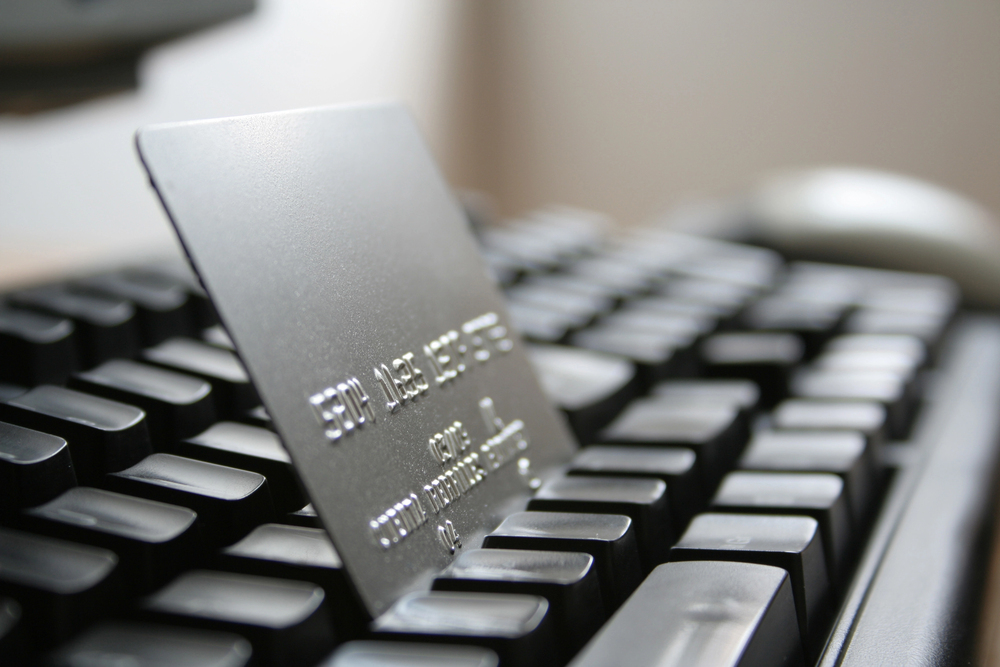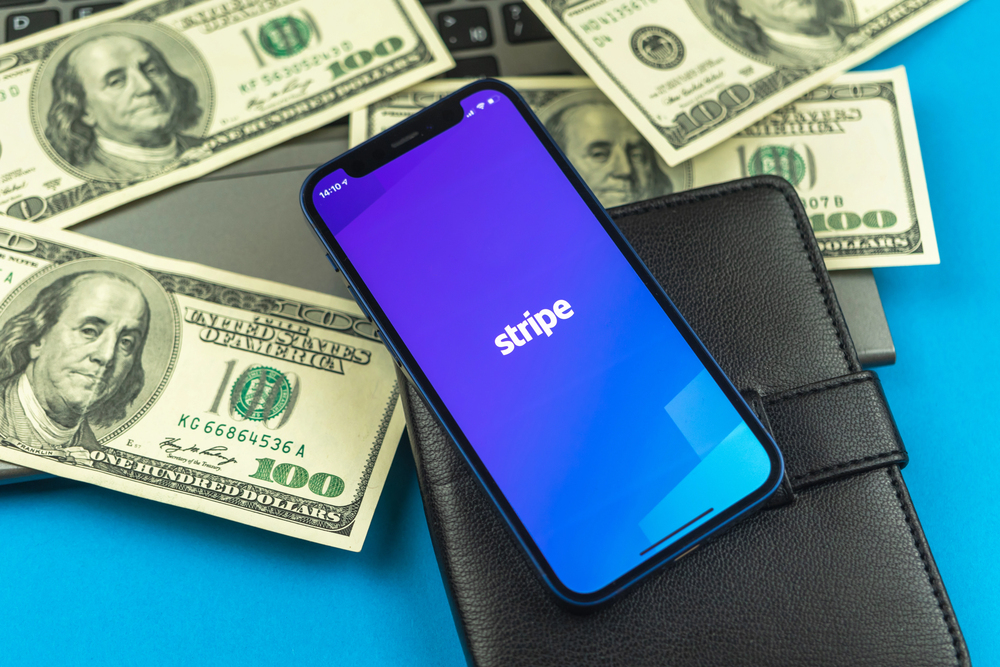
Is Your PayPal Account Frozen? Here’s What You Need to Do to Get Your Funds
Nov 15, 2021 2 minute Read
There’s no doubt that PayPal is a convenient choice for businesses and shoppes, alike. The ability to store a mix of payment methods allows buyers to spend from any source, making the checkout process that much faster. And for businesses, it almost seems like a sure-fire way to receive payment. If a customer’s bank is empty, then PayPal simply uses another debit card, credit card, or bank account. And if that doesn’t cover it, the PayPal balance surely will. PayPal users get automated spending and businesses get funds.
However, what happens when you grow your business, , revenue is high and sales are, too, but then one day you open up your backend shop page only to see that PayPal froze your account? As quickly as the service can build you up, they can tear you down. Here’s how to unfreeze your PayPal account as a merchant and recover your online store.
PayPal Is NOT the Small Business Savior You Thought
At the onset of its efforts to support small businesses and local sellers, PayPal seemed like the perfect solution. And for many businesses, it still is. If you can meet PayPal’s strict terms of use which limit transaction volume and available merchant categories, then it really might be a perfect solution for you. But for many sellers—especially those in high-risk industries—the service’s terms and conditions are no way to continue doing business.
Why did PayPal freeze my account?
Similar to Stripe, PayPal plays it safe when it comes to providing payment solutions to businesses. It isn’t a processor, it’s an aggregator. If you are curious about the details, go ahead and click this link to read more about processors versus aggregators. In short, PayPal does not provide you with a merchant account (or the freedom that comes with one). Instead, they allow you to operate under their own umbrella or master merchant account by giving you a sub-account.
With that in mind, PayPal has to limit what they can offer to businesses operating under their umbrella account. They are restricted by their own agreements with the processors they work with, which means you suffer from those same restrictions.
Specifically, the most common reasons PayPal freezes accounts because you:
- Have an increase in transaction volume
- Received a customer dispute
- Received too many chargebacks or refund requests
- Content on your site is against their user agreement
- Violate PayPal’s usage terms
- Account is unverified
- Have low credit
- Fraudulent activity is detected
- You are too high of a risk
And that last one is the real kicker. You’re too high of a risk to operate with PayPal. Some industries are associated with high chargeback ratios and fraud, which makes them high risk. Others simply see turbulent fluctuations in sales, where you see incredibly high sales over a few days with no sales in the following week. Or maybe you’re selling too much and hitting the invisible sales volume limit.
There are also a slew of other reasons, including using multiple IP addresses to log into your account or having a large amount of money in your balance.
Whatever the case may be, you are a risk to PayPal, so they act in seconds to shut you down to limit or halt that potential of risk.
How do I know if PayPal froze my account?
You’ll receive an email when PayPal decides to do its damage stating simply that your account is frozen with little to no detail. However, we all know there are infinite spam emails that comes from fake PayPals, so the real message might end up in your “junk” folder. If that’s the case, you won’t know your account is frozen until the next time you log into your account. Hopefully you do that often enough so sales aren’t affected too much.
How long will my PayPal account be frozen for?
180 days is the official period of time for which your account can be frozen, though it could easily be extended if PayPal wishes it so. That means if you do nothing, your funds will be stuck for 6 months.
Steps to Unfreeze a Frozen PayPal Account
There’s only one real way to unfreeze your account, but there are a couple options, thankfully, to keep your business operating. And to note, when PayPal freezes your account in the first place, it’s an automated algorithm that flags you, not a person.
How do I unfreeze my PayPal account?
When you open up PayPal and your account is frozen, you’ll be directed to the Resolution Center. On this page, the steps for reinstating your account are present. The most common steps include:
- Proof of business – tax license and documents, utility bills, bank account information, DBA registration, etc.
- Proof of shipping
- Proof of identity – driver’s license, social security, passport, official state ID, etc.
- Proof of product – name of your supplier and their contact information
Send over the requested documentation they’ve requested and wait for the response; usually they at least inform you of receipt of documentation the following business day. Then, in the next days or so, you’ll be notified of their decision: either your account is reinstated, or it isn’t.
If your account remains frozen, PayPal will tell you to wait 180 days to get your funds back. That is forever when it comes to doing business and will most likely see your store shut down for good. If this happens, you can call the PayPal customer support phone number and speak to a representative. It most likely won’t get your account back in order, but you might be able to provide additional documentation that will help your case. Be kind to the rep (it’s not their fault), and see where the conversation leads you. Unfortunately, not every business will get their funds back before that 6-month period.
How can I continue doing business if my PayPal account is frozen?
Great question. You absolutely can continue doing business in a few different ways.
First, you can simply open up another PayPal account. As you know from opening the first one, there’s no underwriting process involved, so you can simply open another one up and avoid making the same “mistakes” as with the first account. This method is great in the short-term, but there’s a good chance you’ll get frozen again eventually. Use PayPal at your own risk.
Second, you can open an account with another payment aggregator like Stripe or Square. They all work similarly, so applying is easy and you can get your shop running again within 24 hours. Again, this is short-term. If your business is getting flagged for something, you’re likely a high-risk seller and need a more permanent solution.
Third, open a high-risk merchant account. Getting your own account allows you to operate freely, without invisible transaction volume caps or sudden account freezes. In fact, there are many benefits to getting a merchant account that you simply cannot get with a payment aggregator. The trade-off is that it takes about a week to open a merchant account, but it’s a long-term solution that actually works with your business type, not hinders it with account limitations.
What do I do to get my money back from PayPal?
So let’s say you take our advice and open up another account. While your store is running again and sales are possible, it doesn’t help the situation with the funds stuck in your previous account.
Unfortunately, you’ll have to wait out the 180 days to get your money back. You can continue to call PayPal and speak with them about releasing the funds. A possible solution you can request is to have the funds released in installments. PayPal is keeping those funds on hold because of the risk of chargebacks and refunds that they would have to cover on your behalf if there were no funds in your account. So, what you can do is ask PayPal to release a portion of the funds each month until the balance is $0. You’ll eventually get your money back, PayPal will have the reserve they so desperately need, and in 6-months time you’ll never have to look at PayPal again after putting you through such hardship.
Get a Long-Term Solution for Your Store’s Payment Processing Needs with a High-Risk Merchant Account
Opening up a merchant account is the only undeniable way to keep your business running without the daily concern of having your account frozen or funds withheld. While it might be convenient to open up a PayPal account, very few businesses actually benefit from their terms and rates.





4 thoughts on “Is Your PayPal Account Frozen? Here’s What You Need to Do to Get Your Funds”